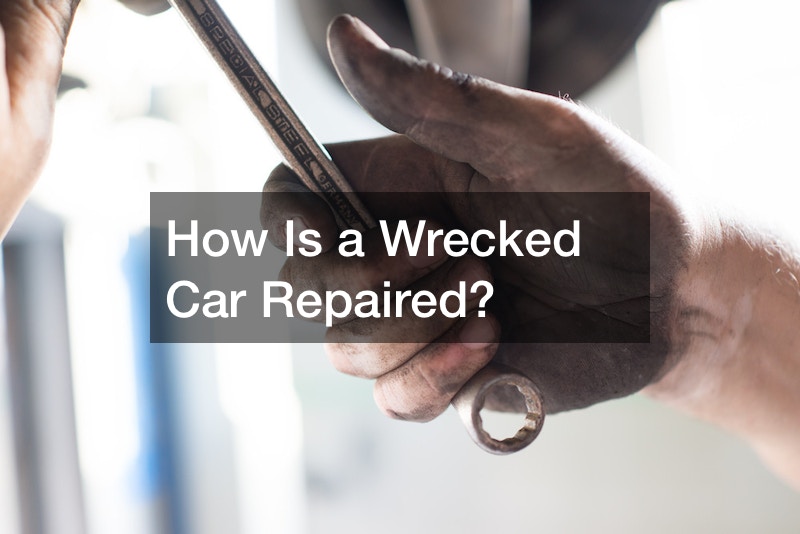

Are you planning to buy repairable vehicles for sale? Repairing a wrecked car involves meticulous steps to restore it to roadworthy condition. Here’s an overview of how it’s done:
1. Assessment: Experienced technicians examine the entire vehicle to identify both visible and hidden damage. This assessment helps create a comprehensive repair plan and estimate.
2. Disassembly: In cases of significant damage, repairable vehicles for sale may need to be partially or entirely disassembled.
3. Structural Repair: For cars with structural damage, specialized equipment is used to straighten and repair the frame or unibody.
4. Panel Replacement: Damaged panels, such as fenders, doors, or bumpers, are often replaced rather than repaired.
5. Body Repair: Skilled auto body technicians address dents and dings using paintless dent repair (PDR) or traditional body filler and sanding methods to restore the car’s exterior.
6. Paint Preparation: The repaired areas are carefully prepared before applying paint. This includes sanding, priming, and ensuring a smooth surface.
7. Painting: Automotive paint is applied to the repaired areas and blended into the existing paint for a seamless finish.
8. Reassembly: After painting, the car is reassembled with replaced or repaired components, interior parts, and trim pieces.
9. Quality Control: A final inspection ensures that all repairs meet safety and quality standards.
10. Testing and Detailing: The car undergoes testing to ensure it runs smoothly and safely. Once cleared, it is thoroughly cleaned and detailed inside and out to return to its pre-accident condition.
.





